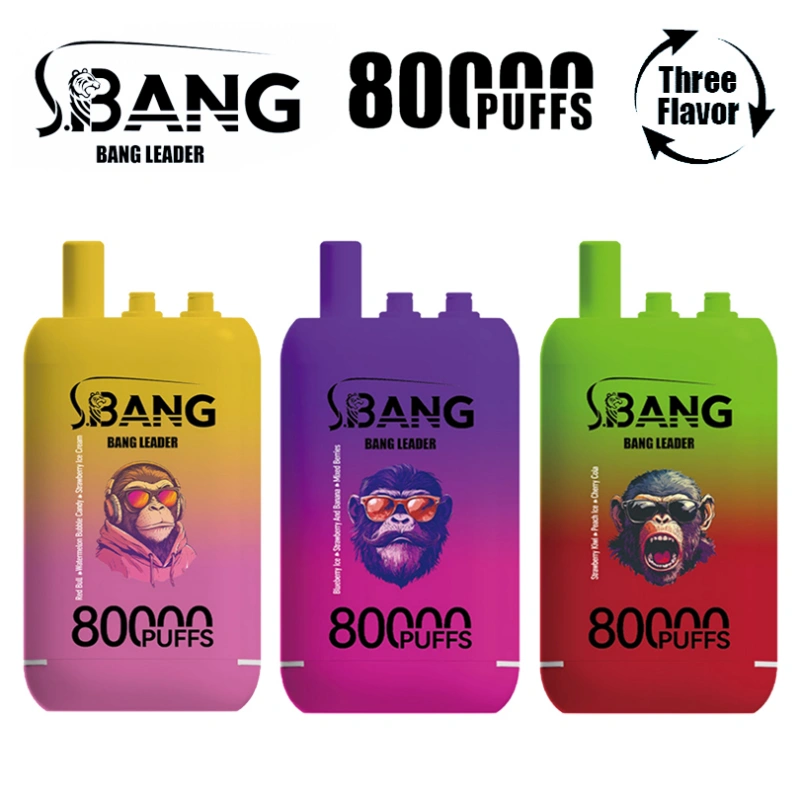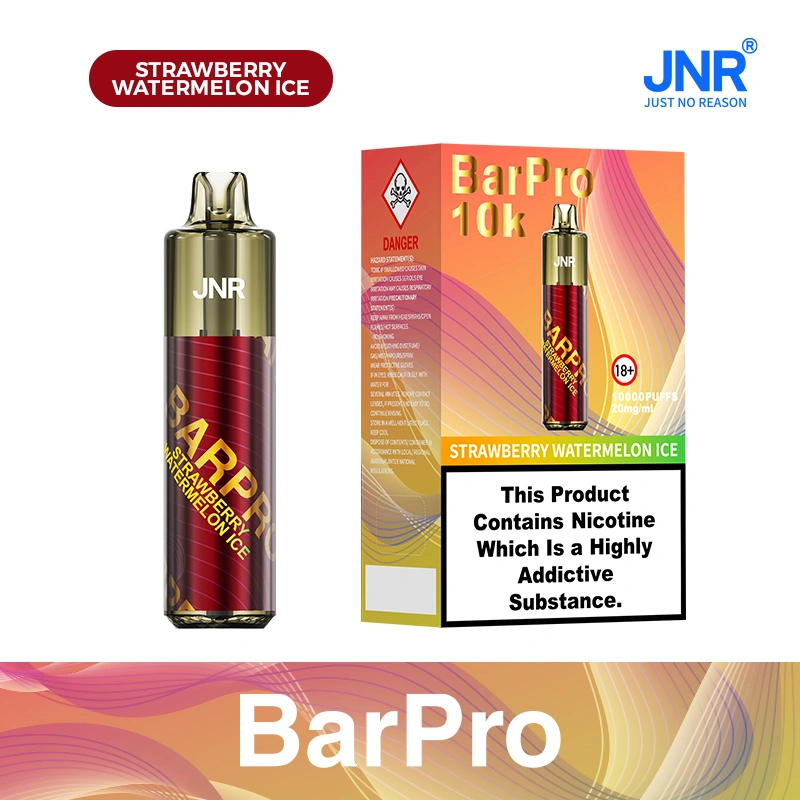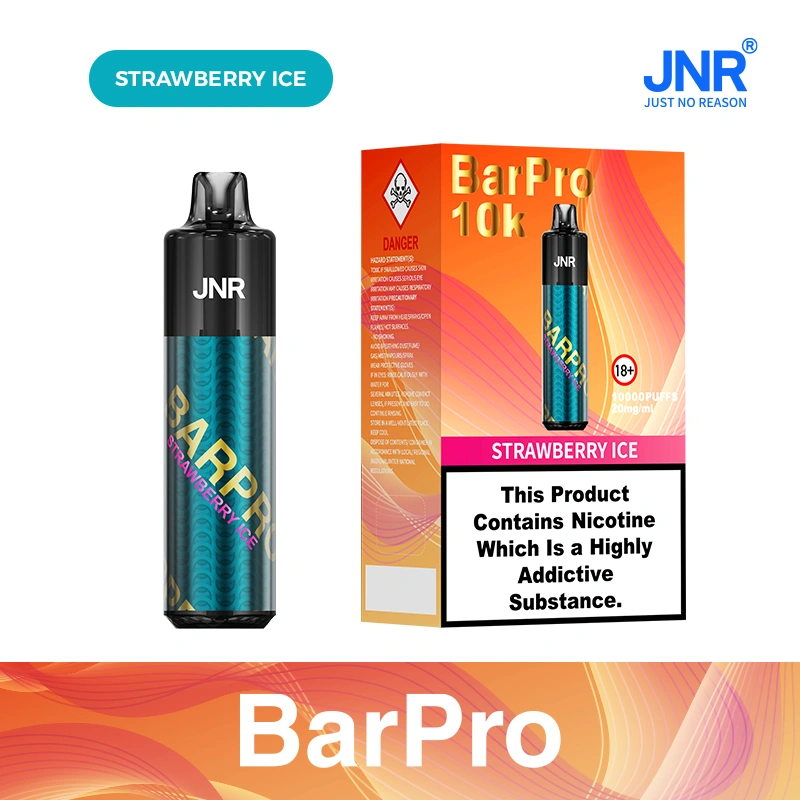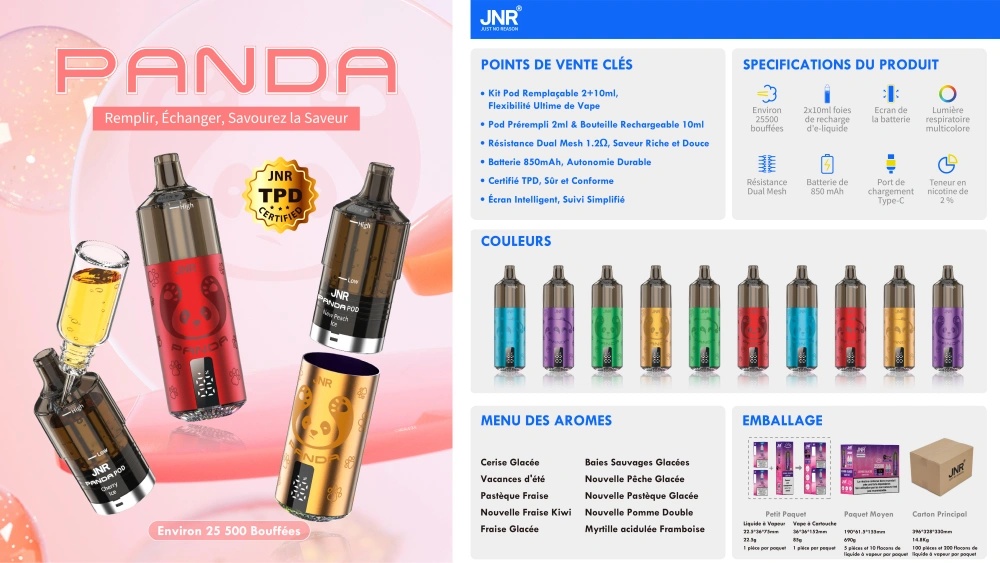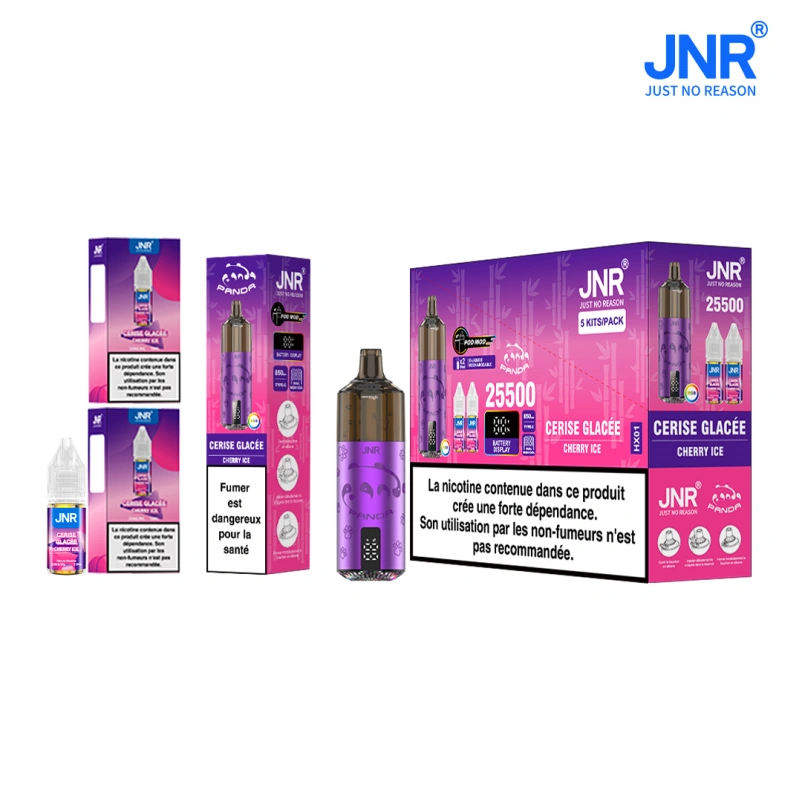Nastavení sladkosti e-cigaret Sweet Taste

Nastavení sladkosti e-cigaret Sweet Taste lze dosáhnout různými technickými prostředky. Hlavní princip spočívá v optimalizaci složek e-liquidu, parametrů rozprašování a designu interakce s uživatelem. Následuje analýza z hlediska technického provedení:
Za prvé, dynamické míchání složek e-liquidu
Návrh koncentračního gradientu sladidla
Složení e-liquidu využívá komplexní systém rozpustných sladidel (jako je sukralóza a acesulfam draselný) a přírodních sladkých složek (jako je maltitol a extrakt z lékořice). Prostřednictvím dvojité olejové nádrže nebo vícekanálové struktury přívodu oleje mohou uživatelé nastavit poměr míchání e-liquidů s různými koncentracemi sladidel. Například hlavní nádrž na olej obsahuje e-liquid se základní sladivostí, zatímco vedlejší nádrž na olej obsahuje sladidla s vysokou koncentrací. Poměr jejich míchání se ovládá otáčením nastavovacího kroužku nebo posuvného přepínače, čímž se dosáhne gradientního nastavení od mírně sladkého po bohatý.
Technologie pomalého uvolňování sladké chuti
Sladidla jsou zapouzdřena v rozložitelných polymerech pomocí technologie zapouzdření mikrokapslí a uživatelé mohou regulovat rychlost prasknutí kapsle nastavením rozprašovacího výkonu. Při nízkém výkonu se uvolňují pouze vnější sladké složky. Při vysokém výkonu se zrychlí uvolňování vnitřního sladidla s vysokou koncentrací, čímž vzniká dynamický zážitek, kdy se sladkost mění s intenzitou sání.
Za druhé, inteligentní přizpůsobení parametrů atomizace
Shoda křivky teploty a sladkosti
Je vybaven vestavěným teplotním čidlem a mikroprocesorem, který automaticky nastavuje teplotu ohřevu podle úrovně sladkosti nastavené uživatelem. Například režim nízké sladkosti (například s dominantní mátovou příchutí) odpovídá nižší teplotě rozprašování (přibližně 180 ℃), čímž se snižuje tepelný rozklad sladidel; režim vysoké sladkosti (například s karamelovou příchutí) se zvýší na více než 220 ℃, aby se zvýšil vjem sladkosti.
Airflow - algoritmus kompenzace sladkosti
Síla sání uživatele je monitorována barometrickým senzorem a přívod e-liquidu je dynamicky upravován. Při velkém nádechu zvyšte přívod e-liquidu s vyšší koncentrací sladidel; při malém nádechu přívod snižte, aby byla zachována stabilita vnímání sladkosti. Tato technologie dokáže kompenzovat rozdíly ve vnímání sladké chuti způsobené změnami intenzity sání.
Za třetí, přesná kontrola interakce s uživatelem
Systém nastavení hmatové zpětné vazby
Jsou použity kapacitní dotykové kroužky nebo tlačítka snímající tlak. Uživatelé si mohou vybrat úroveň sladkosti (například úrovně 1 až 5) posunutím nebo několikerým stisknutím. Zařízení je vybaveno světelným indikátorem LED nebo vibrační zpětnou vazbou, která indikuje aktuální nastavení sladkosti. Některé špičkové modely podporují připojení k APP a mohou ukládat personalizované křivky sladkosti.
Funkce učení a paměti AI
Zařízení zaznamenává historické údaje o sání uživatele (například četnost výběru sladkosti a délku sání) a předpovídá preference uživatele pomocí algoritmů strojového učení. Pokud například uživatel zvolí režim vysoké sladkosti po tři po sobě jdoucí dny během určitého období, zařízení automaticky doporučí předvolbu vysoké sladkosti během tohoto období.
Za čtvrté, vylepšené technologie pro vnímání sladké chuti
Synergická stimulace čichu a chuti
Do e-liquidu se přidávají těkavé aromatické složky související s vnímáním sladkosti (např. vanilin a ethylmaltol), aby se rozprašováním posílil čichový signál sladkosti. Studie ukazují, že podíl čichu na vnímání sladkosti může dosáhnout 30% a tato technologie může významně zvýšit intenzitu vnímání sladidel s nízkou koncentrací.
Regulace chladu v ústech
Vyvažte sladký a mastný pocit přidáním chladivých látek (např. WS-23, mentol). Uživatelé mohou nezávisle nastavit parametry sladkosti a chladu. Například v režimu vysoké sladkosti se automaticky zvýší přísun chladivých látek, aby se vytvořil "sladký, ale ne mastný" chuťový zážitek.
Za páté, návrh zabezpečení a shody
Sledování dávek sladidel
Je vybaven vestavěným průtokoměrem a snímačem koncentrace sladidla, který v reálném čase monitoruje příjem sladidla v jednom sání. Když se kumulativní příjem přiblíží k bezpečnostní hranici (např. denní příjem aspartamu doporučený WHO), zařízení uživatele upozorní vibracemi nebo světlem.
Dětská pojistka a ochrana proti náhodnému dotyku
Rozpoznávání otisků prstů nebo dynamické uzamykání heslem se používá k zabránění náhodným operacím nezletilých osob. Funkce nastavení sladkosti musí být po odemknutí zařízení aktivována specifickými gesty (například dvojím kliknutím a přejetím prstu), aby se zabránilo náhodným úpravám, které by mohly způsobit překročení normy sladkosti.


